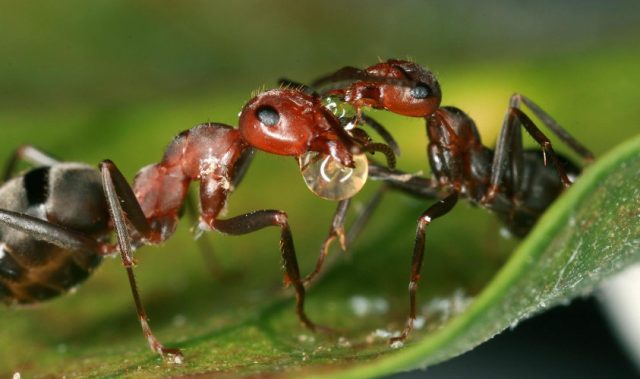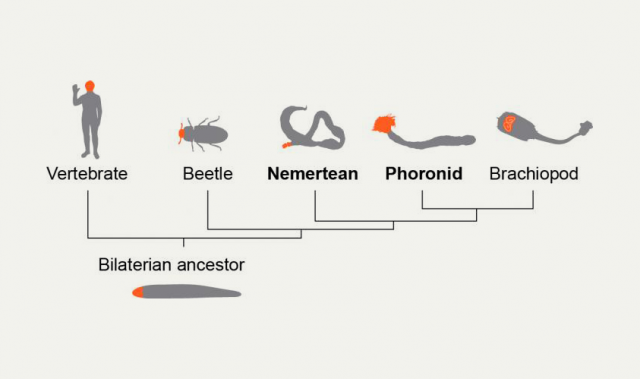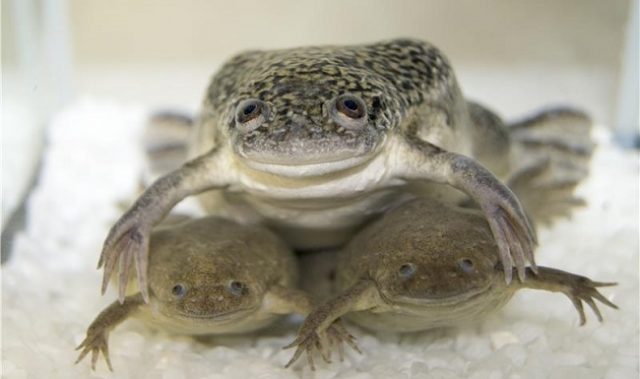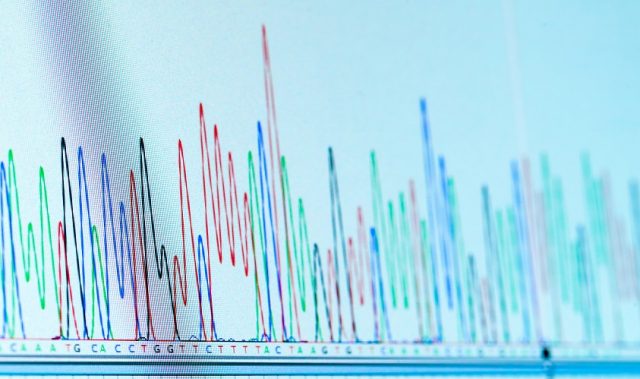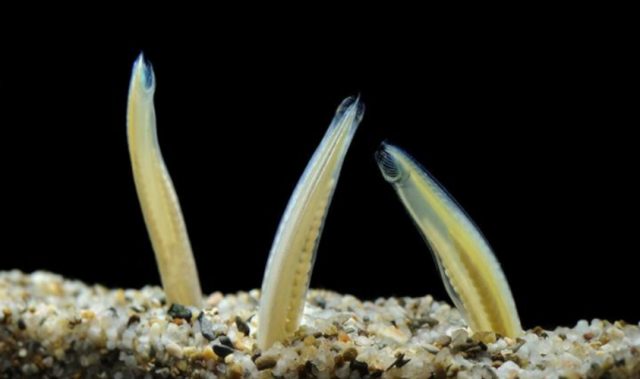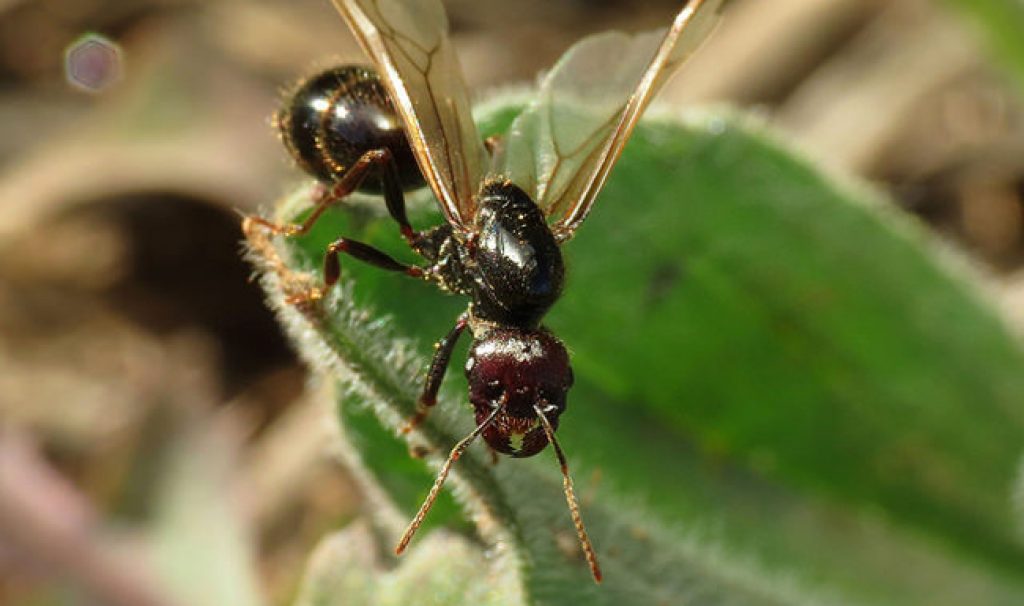
AsianScientist (Apr. 21, 2016) – A study led by Japanese researchers and published in Genome Biology suggests that while ant queens and workers develop from the same sets of genes, interactions among the genes dictate their entirely different roles in life.
How the same genes result in two types of individuals is an ongoing mystery. In the past, scientists have only studied a small number of ant species at a time to try to understand the nature of queen-worker differences. Researchers from the Okinawa Institute of Science and Technology Graduate University (OIST) and colleagues recently looked at a large data set with 16 species that provides insight into the differences between queen and worker ants.
Rather than listing specific genes that manifest themselves differently, or are differentially expressed between queens and workers, the team looked for genes with similar expression patterns across samples. Such genes may be involved in maintaining the structural, behavioral and functional differences observed between queens and workers.
The team, headed by OIST’s Professor Alexander Mikheyev and Dr. Claire Morandin, post-doctoral scholar at the University of Helsinki, collected queens and workers and sequenced the transcriptome—the full range of messenger RNA molecules expressed by an organism—of 16 species of ants. They created a co-expression network of 36 sets of genes that represent groups of similarly expressed genes.
This is the biggest dataset so far for the study of gene expression in social insects and it provides insight into the evolution of gene expression across ant species. This is because ants have many different features that are repeatedly evolving.
“Ants originated more than 100 million years ago,” Mikheyev said. “They are remarkable for their diversity of traits and adaptations, many of them evolving in parallel in different species.”
In this study, the parallels between the species were established because almost all of the sets of genes the team identified were associated with either queen or worker traits. The researchers’ results suggest that structural and functional differences between queens and workers result from the differential expression of evolutionary conserved sets of genes, or genes that are basically expressed in the same manner throughout evolution among all ant species.
In other words, they saw that instead of one specific gene, the relationships between sets of genes may help to explain the structural and functional disparities between queen and worker ants.
“Our findings further highlight the importance of gene expression for the evolution of traits,” Mikheyev said. “In particular, one should consider not just the individual genes involved, but what other genes they interact with.”
Surprisingly, these conserved gene sets were also associated with several other biological traits, which evolved multiple times in ants: the number of queens in a colony; whether an ant species is invasive or not; and the degree of worker sterility. This suggests that conserved genetic modules may be involved in the development, or parallel evolution, of ant traits.
This information is not only important because it can now help scientists try to understand how the differences between queen and worker may arise through interactions among genes, but also for the evolution of ants, and in the evolution of gene expression more generally.
“With this study, we also demonstrate what kind of non-traditional genomic approach can be applied in ecology and evolution,” Morandin said.
“This technique will be useful for other studies interested in characterizing the link between gene expression and physical, external traits.”
The article can be found at: Morandin et al. (2016) Comparative Transcriptomics Reveals the Conserved Building Blocks Involved in Parallel Evolution of Diverse Phenotypic Traits in Ants.
———
Source: Okinawa Institute of Science and Technology Graduate University; Photo: Katja Schulz/Flickr/CC.
Disclaimer: This article does not necessarily reflect the views of AsianScientist or its staff.




